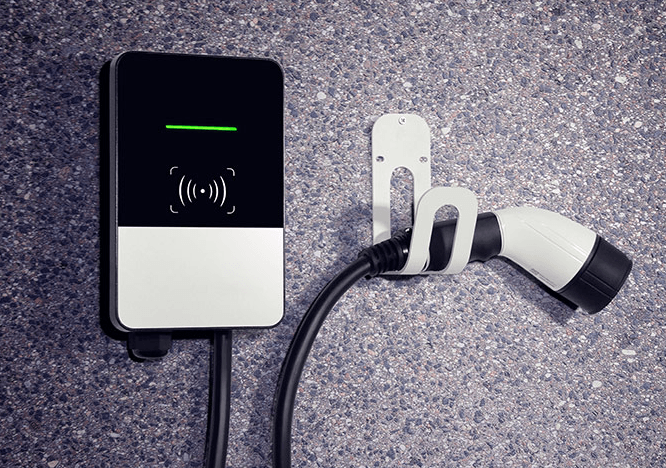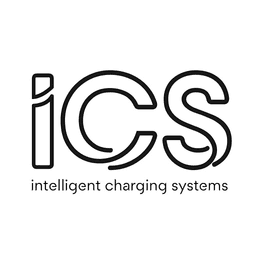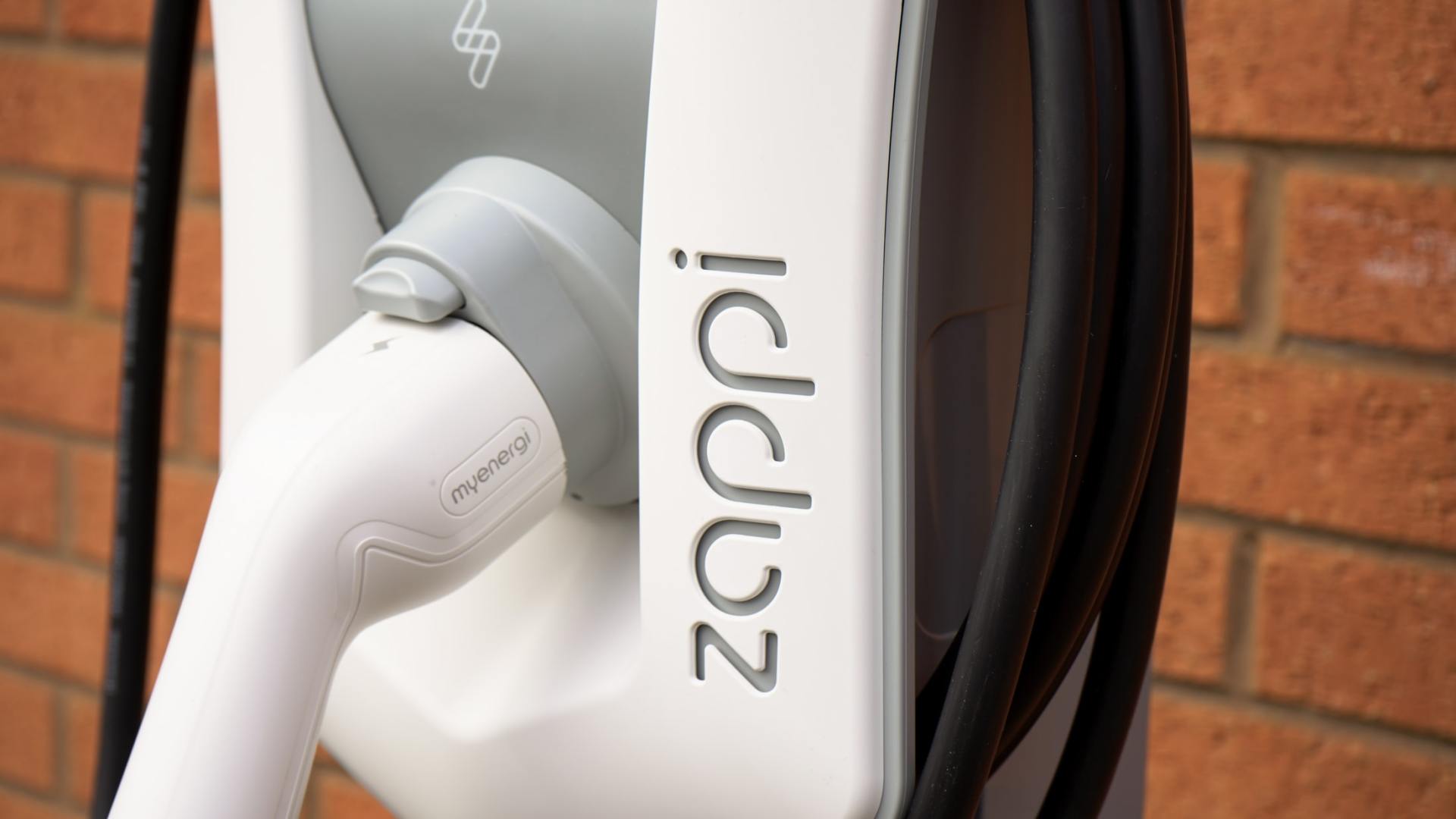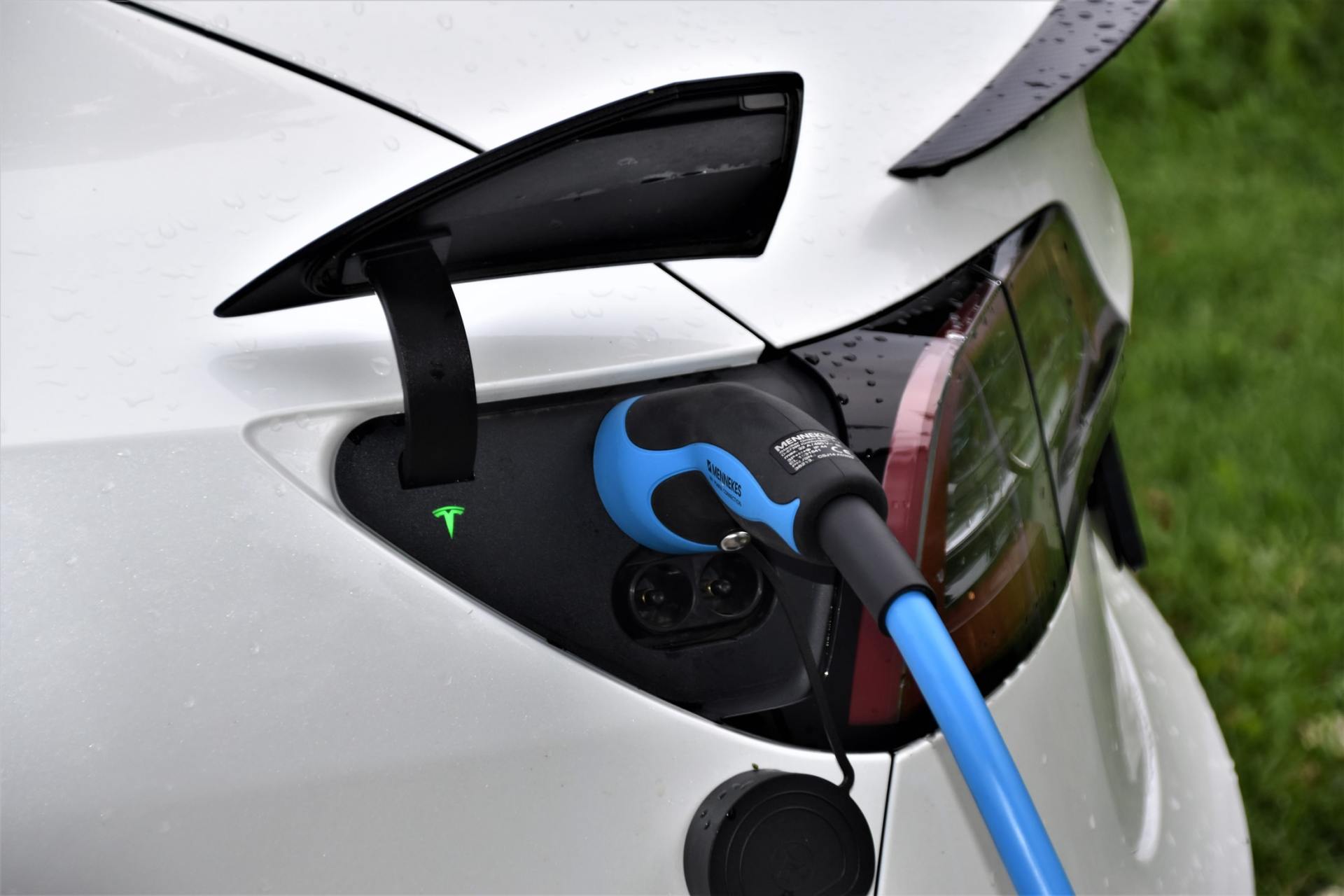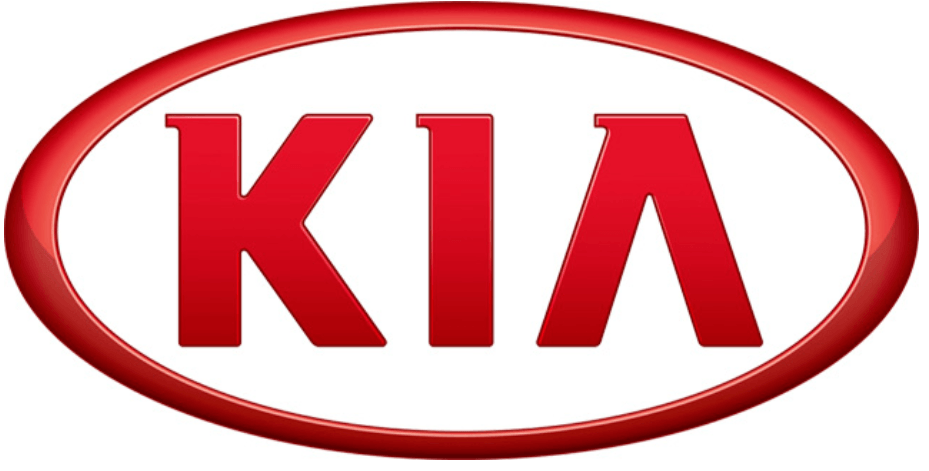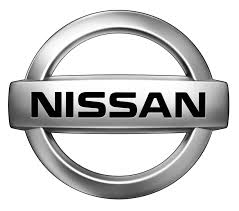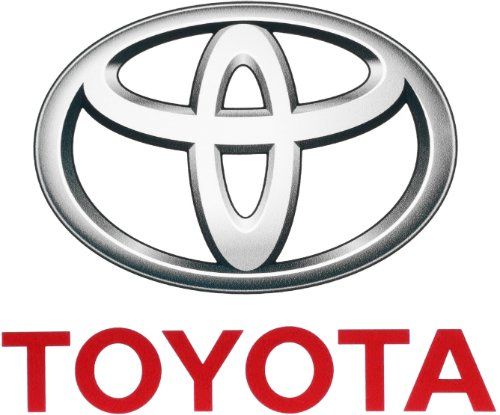Scataldo Duo Load Balancing
Scatalo Duo - Load Balancing
As the number of electric vehicle charging units in the United Kingdom increases, understanding the different ways that they work can be beneficial for improving business and consumer functionality.
Embracing and utilising new technology can be exciting but by knowing how to use your charging units to the best of their ability, you can make sure you’re getting the most out of them.
In this guide, we’ll cover one of the innovative ways that charging points adapt, otherwise known as load balancing.
WHAT IS LOAD BALANCING?
Load balancing is one of the many great innovations provided by Sevadis electric vehicle charging units. The concept of load balancing refers to a distribution of power from a cluster of electric vehicle charging units when being accessed by more than one electric vehicle, with a view to ensuring the total incoming supply capacity is not exceeded
Power distribution and load balancing are innovative in design as the charger automatically analyses the available capacity and assesses how much power a vehicle requires.
After the analysis is complete, the charging units will distribute the power based on the maximum capacity of the connection. With this system, electric vehicles can always be charged – even if the installation has a limited capacity.
HOW DOES LOAD BALANCING WORK?
Load balancing does not require input from drivers of electric vehicles, making the experience of just plugging in and going even easier. Load balancing is just one of the many advantages of a smart electric vehicle charging unit.
Charging units with load balancing are connected together in a cluster, in accordance with the power supply connections. One charging unit is designated as the Master unit for the cluster, and this one controls the whole group.
A charging unit with load balancing will simply adapt to supply the current demand of vehicles that are plugged to it, according to the limitations set on the Master unit.
When one vehicle is accessing a charging unit on the cluster the maximum amount of power is available for the electric vehicle. At this point, the load is not being balanced as it is being distributed to a sole vehicle.
However, as more vehicles are connected and require power to charge up, the Master unit will monitor and manage the cluster to ensure the total consumption is not exceeded. This may involve dynamically reducing the power provided to the remainder of the cluster, e.g. reducing the rate down to 7kW per point.
As the energy is being shared, it is possible that the cars are being charged at a lower speed. Dependent on the vehicle that is accessing the charging point and its battery requirements, it is possible that the cars will be charged alternately every 15 minutes.
Once load reduces on a charger on the cluster (typically when cars are full up and don’t need more power), the Master unit will dynamically monitor and manage the requirement and offer more power to the rest of the chargers as needed.
WHY IS LOAD BALANCING IMPORTANT?
Load balancing enables multiple charging stations for electric vehicles to be installed and used on sites with limited incoming power availability. This happens typically on new build projects where an insufficient allowance is made for installing multiple charging stations. When multiple electric cars are connected at the same time, the electrical installation is not always able to provide the requested power at full capacity to all charging stations at once
This is why charging units need to distribute the available capacity. The result is a safe charging process without having to pour more money into a more powerful installation.
HOW CAN LOAD BALANCING HELP YOUR BUSINESS?
Load balancing means you can avoid cost-intensive, one-off increases in connection capacity and prevent peak loads that result in increased charges.
A business fleet of 12 electric vehicles would need 12 singular charging units with 22kw of charging power. If these vehicles were all to attempt to charge at full power without load balancing, the total power requirement would be up to 264kW you’d need to expand the grid connection which would incur huge infrastructure costs and utility claims.
Load balancing ensures that additional charging does not cause the connection capacity to be exceeded and can, therefore, save businesses operating costs from usage.
With load balancing, the operation of a business fleet isn’t even restricted by slower charging as the vehicles can retire to charging units when work is done in the afternoon and be conveniently charged overnight in downtime.
This same structure is also relevant for consumer-based businesses that supply electricity to customers and visitors.
The Sevadis Scatalo and the Scatalo Duo
The Sevadis Scatalo and the Scatalo Duo can also be configured with optional integrated load balancing for ensuring that the incoming electricity supply is not overloaded from excessive use of the chargers when in a cluster.
With the load balancing option, the system automatically down-rates and limits the total consumption of the clustered charging stations according to the maximum set on the master unit.
The unit supports both single-phase power connection to each connector separately, with output from 3.7kw to 7.4kW per connector.
Technical Specification
Mounting type:
Surface mounted
+
Power supply cable cross
section Suggested minimal cross-section
• 2.5 mm2 (16A nominal current)
• 6.0 mm2 (32A nominal current)
+
Supply voltage
(Europe)2 x 230 V AC
+
Voltage frequency
50 Hz/60 Hz
+
Type of network
TN, TT
(IT on special request)
+
Overvoltage
Category Ill according to EN 60664-1
+
Short-time withstand current
Effective value < 6 kA according to EN 61439-1
+
Overcurrent protection
Not part of the device. The protection must be made in compliance with the local regulations and with the device version.
+
Residual current device
Integral part of the RCD device A < 30 mA AC
+
Protection class
Class 1
+
Socket variant
Type 2, standard socket 32 A/400 V AC according to EN 62196-1
SCATALO DUO
GRANDIS FLOOR-STANDING
COMPACT WALL-MOUNTED
Compare which charger features suit your personal requirements from our range of market leading brands.
Get a quote
Complete our ‘request a quote’ form below or call us directly on 07735 035 808 to discuss your requirements.



